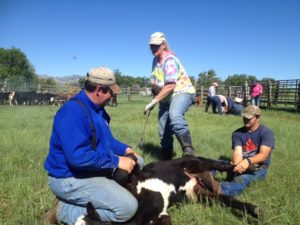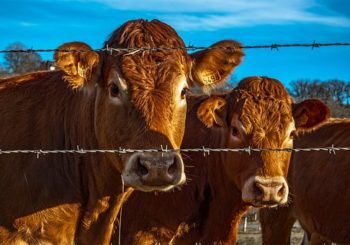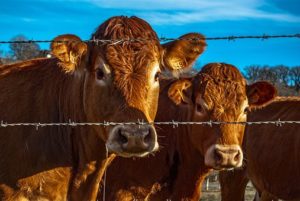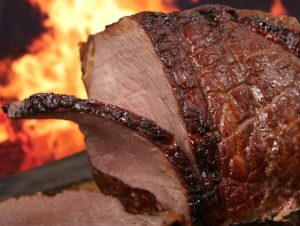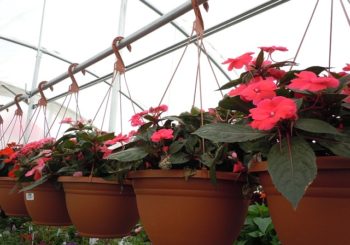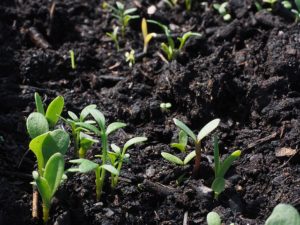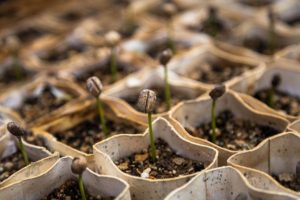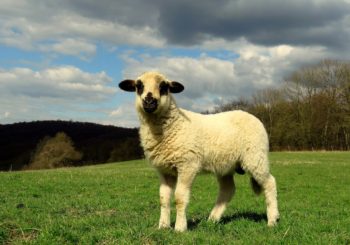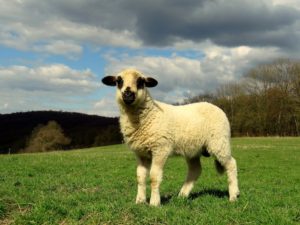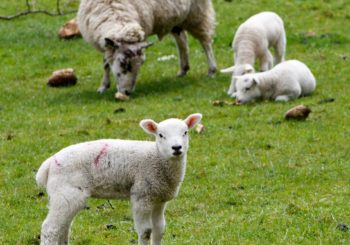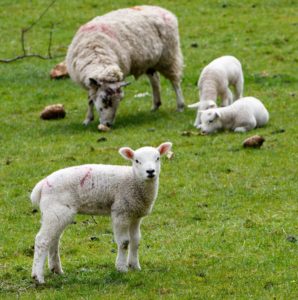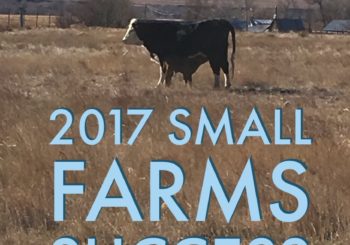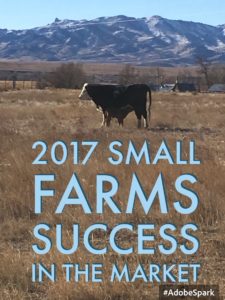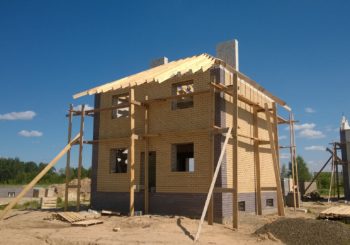
Losing 40 Acres of Ag Land Per Hour
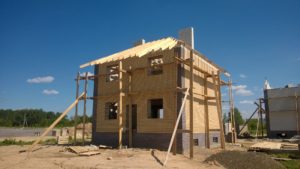 I read a statistic today that has me totally on fire with more determination than ever to get the word out, and to help small farmers succeed. That statistic was from American Farmland Trust. The statistic they posted on their website was that over 40 acres of U. S. farm and ranch land are lost every hour.
I read a statistic today that has me totally on fire with more determination than ever to get the word out, and to help small farmers succeed. That statistic was from American Farmland Trust. The statistic they posted on their website was that over 40 acres of U. S. farm and ranch land are lost every hour.
This loss is due to urban spreading, and development. I know this to be true, I watched Denver, Phoenix, and Las Vegas the last few years take more and more land and put houses, shopping centers, and other developments on any land they could. Much of this land was supremely fertile farm land.
I wondered why they didn’t build on the vast number of acres that were not suitable to farming, or ranching? Why did they have to build in these lush valleys where our food was grown?
This is why it is more important than ever to teach small landowners how to grow, and market food. This is why it is my main mission in life to help all small farm and ranch owners, to be able to produce in abundance each and every crop and commodity they can.
You see I have a dream, that through My Small Farm Expert, that we can build a network of small farms and production operations that will be able to feed everyone, without the harsh chemicals, and mass produced preservative added foods that we eat today. I would love to see small producers be able to sell their fresh, canned, frozen or dehydrated foods, and make a living doing it. My goal is….. through this network to be able to provide education, support, and financial backing to not only create on farm facilities that would help farmers, do more with what acres they currently have, but to expand on what they are presently producing to encompass more sustainability through shared, facilities.
It is not economical or even feasible for many small farms to have commercial kitchen facilities to be able to sell some of their produce, cheese, meat etc. However if there were facilities within 100 miles of every producer through out this country and others, where producers would be able to market their own brand, and be able to sell the food they wholesomely and economically produce to consumers, that are fed up with the amount of pesticides, herbicides, and preservatives, that are in our food.
I am on the board of a senior facility in our area, and we purchased some hot dog buns for a summer barbeque. Over 8 months later, I found a package of these buns on a shelf, behind some paper products. These buns were not moldy, they were not hard, they didn’t even smell bad or old. This is the kind of stuff we are putting in our bodies. We were not designed to have all of these chemicals in our bodies, we were designed to eat wholesome, food that was grown with love, and grace.
I am not against grocery stores, nor am I against all commercial fertilizers, and pesticides. What I am against is that the use of these has become standard, and way too much emphasis in farming is put on these. What I am against is adding so much junk in the canned, and packaged food we buy that it no longer has any food value, and is not only damaging our bodies, but our producers.
Rant over…but remember if you are a small farmer, or backyard gardener, my number one priority is making sure you have the necessasary tools to succeed, and become successful, and to thank you most of all for being a part of a very exciting, and needed supplier of our world’s food supply.
Please download this free partial list of 50 ways to diversify your operation. I would also like to invite you to listen to the video of my story, and learn how you can add 100K to your operation’s profit this year.





